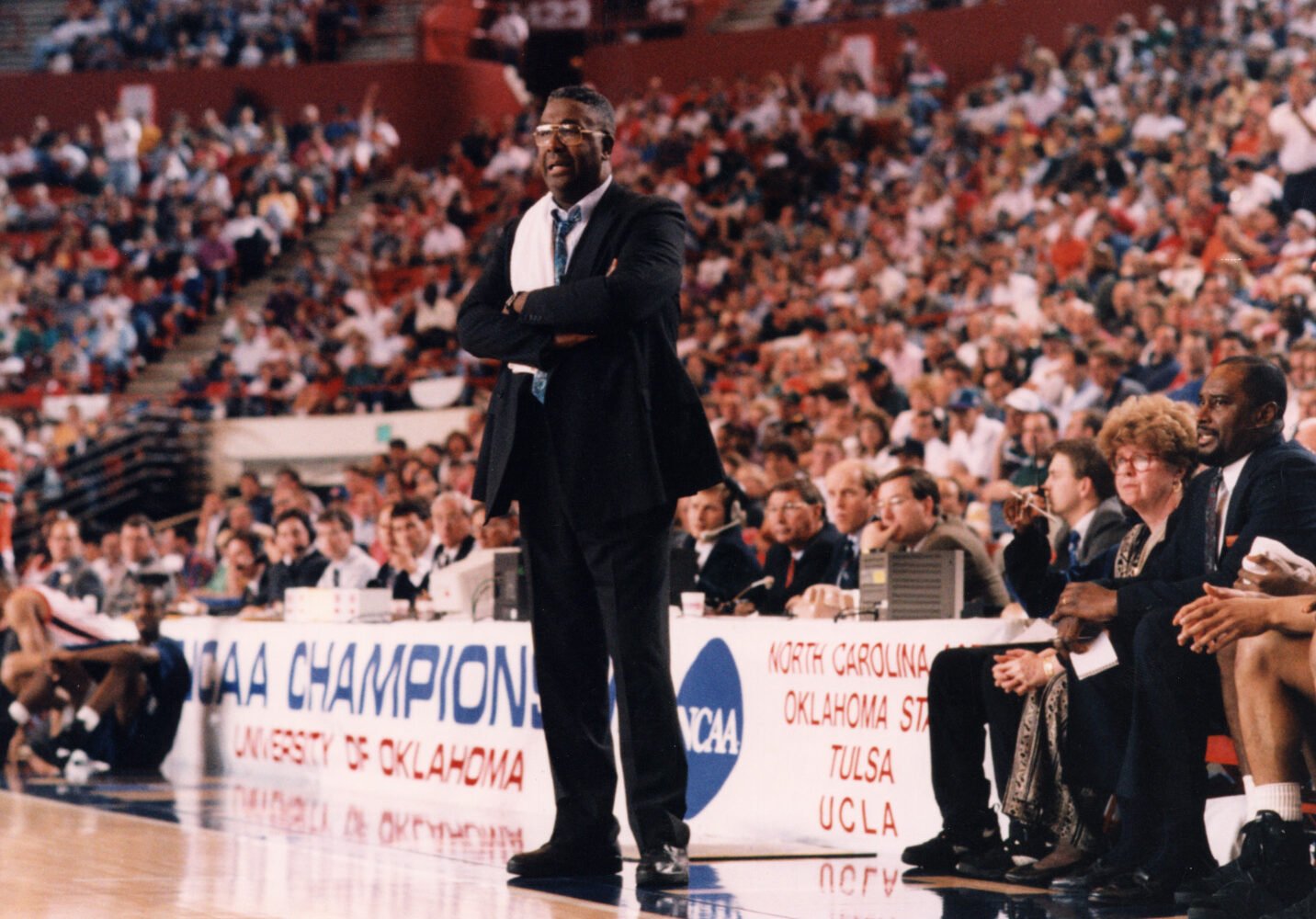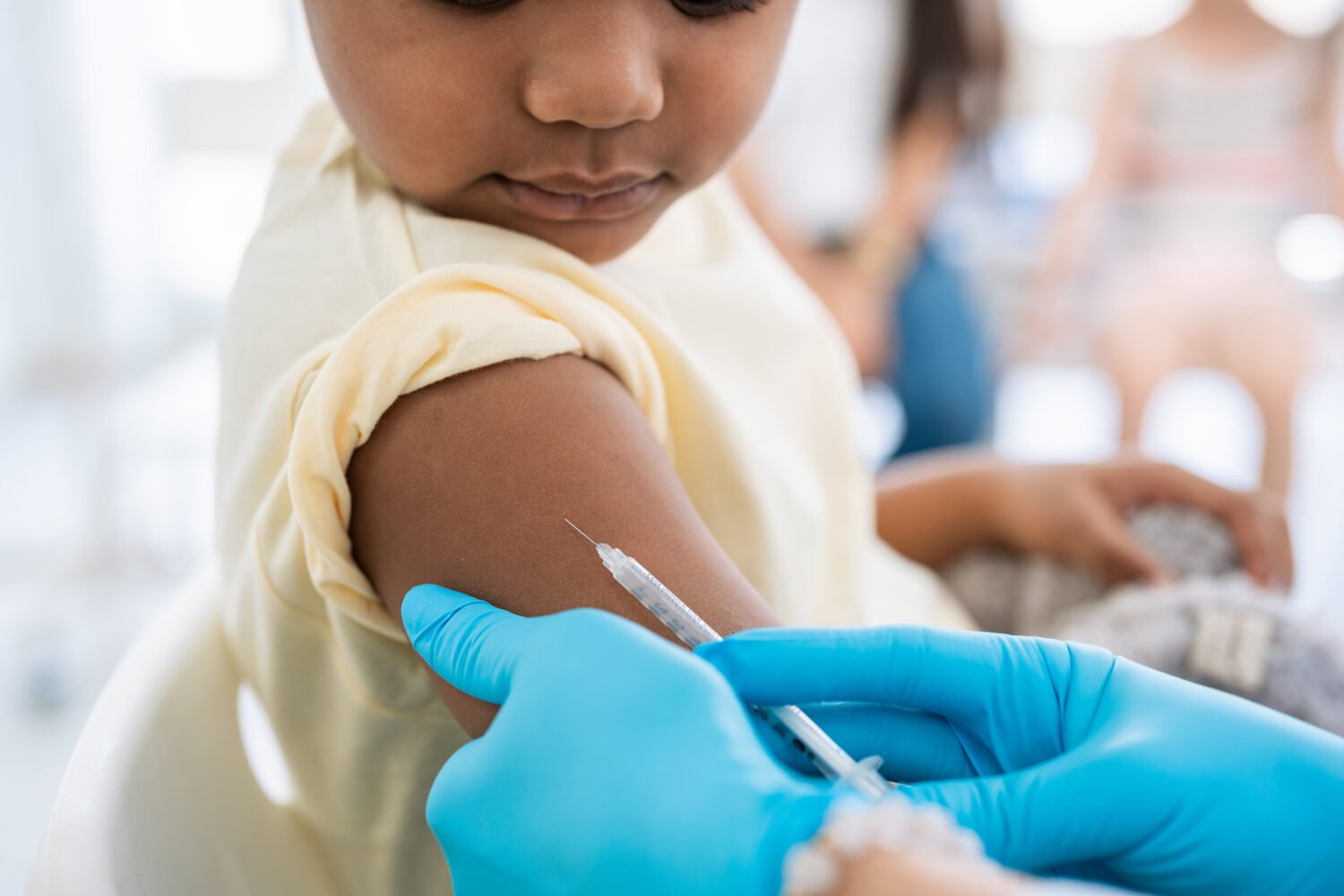About Coronavirus 2020
Washingtonian is keeping you up to date on the coronavirus around DC.
Aaron Gordon’s 5-year-old daughter Mila is going to a new school this fall. You probably haven’t heard of it—The Little Beast on Stuyvesant Place.
You probably haven’t heard of it because Gordon* just came up with the name on our recent phone call. You also probably haven’t heard of it because it’s in Gordon’s living room.
Yes, the 46-year-old Chevy Chase DC resident and restaurant owner whose eateries include Red Light and Little Beast, is starting his own school this fall for his daughter and a few of her friends. In ordinary times, Mila would be about to start actual, in-person kindergarten at Lafayette Elementary. But, as you probably well know, these aren’t ordinary times.
With Covid-19 cases spiking once more, many Washington-area districts like Loudon County, Fairfax County, and Montgomery County have announced that classes will be all-virtual come fall; meanwhile, DC Public Schools has yet to make a decision. Parents in counties where children will definitely be home, as well as parents who have voluntarily opted for their child to stay home, are struggling to figure out how they can balance parenting, educating, and working from home all at once.
Which is why Gordon’s taking matters into his own hands. Even though his daughter’s DC school hasn’t made an official announcement, Gordon doesn’t see the point in following whatever guidelines it ultimately settles on. “It was a disaster,” says Gordon of trying to get his daughter to learn via Zoom over the spring. “Five-year-olds certainly, not in any way, shape, or form, are prepared to sit and look at a screen and take instruction and learn.”
So instead, he and a group of other neighborhood parents will hire a teacher to lead a group of about six kindergarteners through a non-DCPS homeschool program. Each family will take turns hosting classes five days a week in their living rooms or basements for a few months at a time.
Gordon anticipates paying the teacher about $30,000 (plus healthcare) for around five hours of work a day, which, depending on how may families sign up, should break down to around $7,500 per family for the year. He’s also considering bringing in an art or music teacher for weekly sessions.
It’s a drastic move, especially for someone like Gordon who moved to his neighborhood specifically so his kids could go to Lafayette. Gordon is aware that his choice is one born of privilege—he has the resources and means to forego a free education to pay for one. Many families don’t have this option, and their children may rely on their schools for free meals or specialized education.
But Gordon sees his decision as necessary to keep his daughter from falling behind. “I’m not saying the whole city can do this or the whole country,” he says, “but for me, it’s well worth that money to get a great education.”
Ashley Morgan, 42, is struggling with the same dilemma when it comes to her 7- and 3-year-old daughters. The past few months, the Bethesda veterinarian and her tennis-pro husband have tried to balance caring for and teaching their children with working—especially difficult when you have jobs like theirs that cannot be done from home. When her youngest’s daycare center reopened this summer, Morgan sent her daughter back. And when hybrid learning was a potential option for Montgomery County, Morgan was planning to send her older daughter to Wyngate Elementary a few days a week.
Now, she’s switching to Plan B. Morgan and a few other parents with daughters in second grade have discussed starting a learning pod. Each family would have a designated day during the week to host the girls for school-at-home, making sure they’re paying attention on Zoom and uploading documents correctly, and guiding them through complicated lessons.
While this would allow Morgan and her husband to work undisturbed several days of the week, there’s still the question of how she’d handle taking a full day weekly to oversee the group. Would she take off one standing day a week? Work on the weekends to make up for it? She’s not sure, but she knows she wants to prioritize her daughters’ educations.
“I think you’d be hard-pressed to find anyone who doesn’t want things to be how things were before everything really started,” she says. “I don’t know of any oh, that’s a perfect option. I don’t think that exists.”
Shandean Bell, 34, who lives in Alexandria and works in government contracting, feels that too. Her 6-year-old daughter will be entering first grade at Mount Eagle Elementary, which will be all-virtual come fall. Bell’s husband is an essential worker, so she’s trying to figure out how she’ll handle working full-time while overseeing her daughter’s education by herself.
This spring, Bell would wake up early to get in a few hours of work before her daughter was up, then feed her and help her with schoolwork through the day. After bedtime, Bell would then head back to work, often staying up until midnight.
“I’m going to have to cut my hours,” says Bell of undertaking the process again this fall. “Where do I draw the line between providing financially and providing educationally? That’s going to be a fine line to walk.”
She wishes she could opt to send her daughter to a private daycare, but she doesn’t have the money. She’s considered asking one of the grandparents to come live in the family’s basement and help with schooling so she can work, but even that won’t help quell her biggest worry: her daughter falling behind while learning at home.
“I’m terrified about that,” says Bell. “She has the building blocks of her education [to learn]. She needs to learn to read, and math, and all these important life skills. How is the district going to support her getting the supplies and the things she needs and the guidance on how to do it all appropriately?”
Amongst all these parents’ fears and concerns, another question looms large, perhaps bigger than all the others: How long will this go on?
If you ask Gordon, way longer than just the fall semester. “I see this, frankly, as a disaster for this entire year, not just the fall,” he says. “To believe that the fall is where it’s going to stop, and magically we’re going to be able to find a cure in November and get it to 75 percent of the population, is a joke.”
If that’s the case, he’ll be hunkered down at The Little Beast on Stuyvesant Place. “Who knows? Maybe we don’t find the vaccine for two years or three years and maybe this turns into something that’s infinitely better and much lower cost than most private schools,” he says of his DIY approach to learning. “Maybe,” he adds, “this is the way of the future.”
*Gordon is food editor Anna Spiegel’s brother-in-law.




















